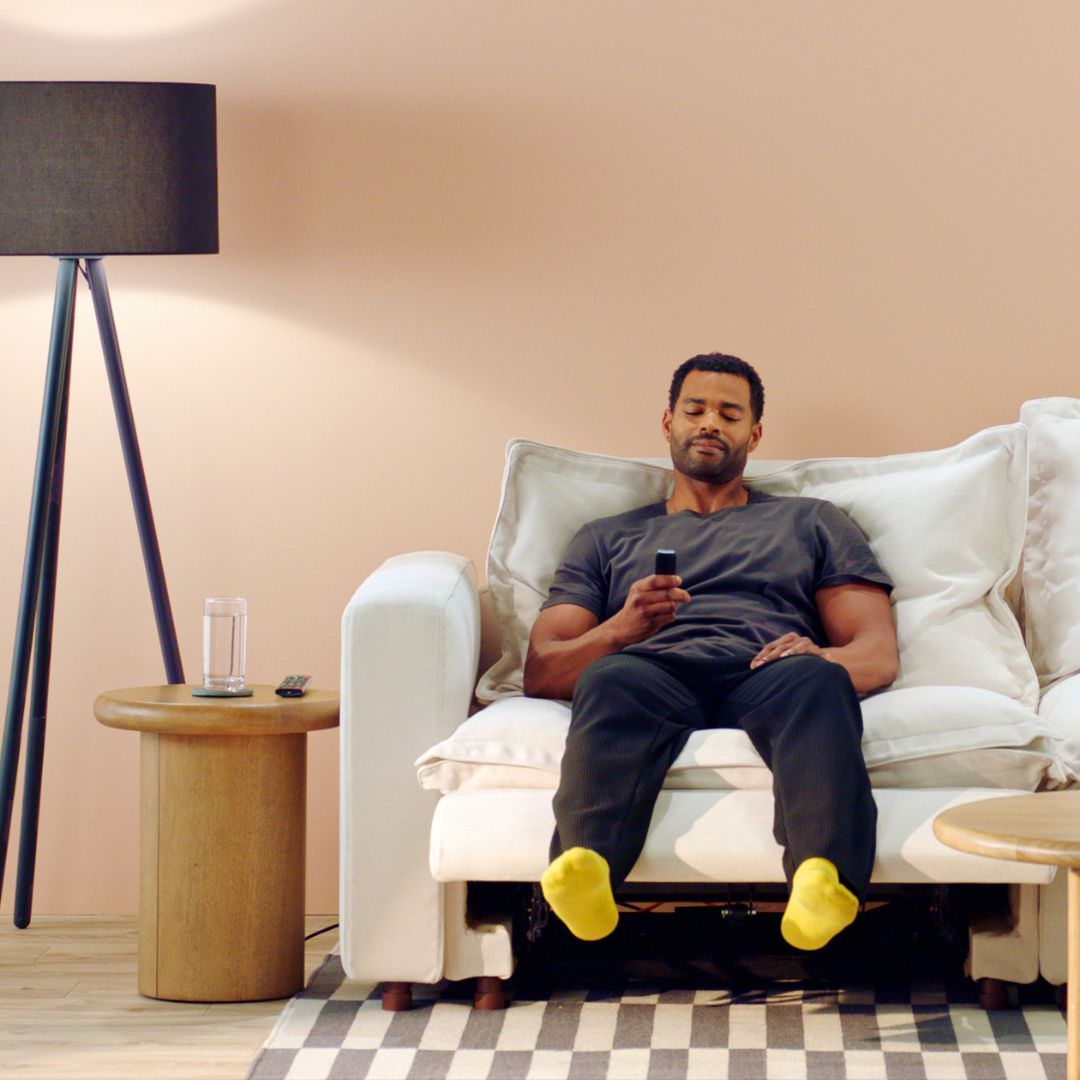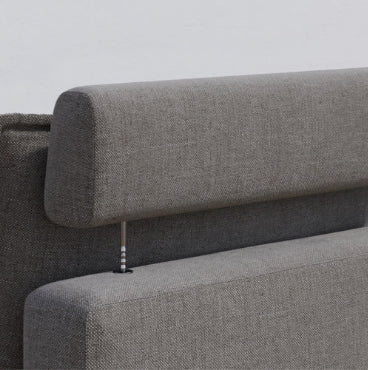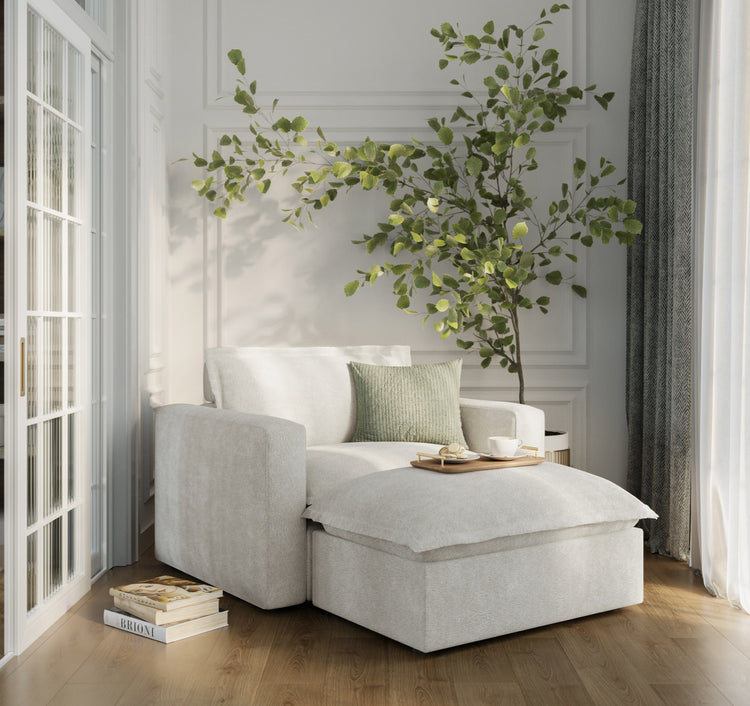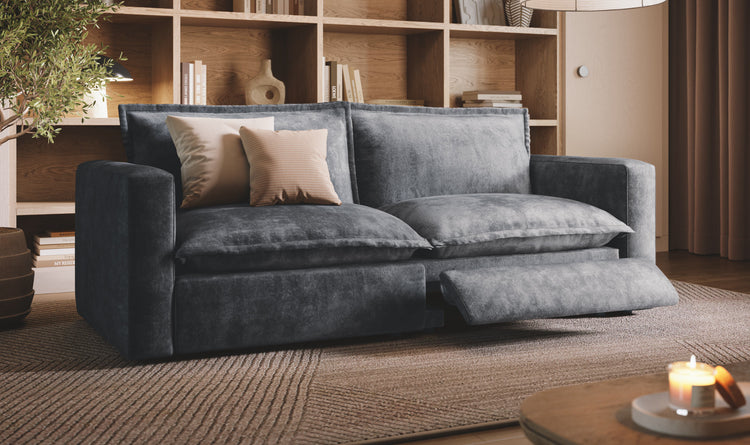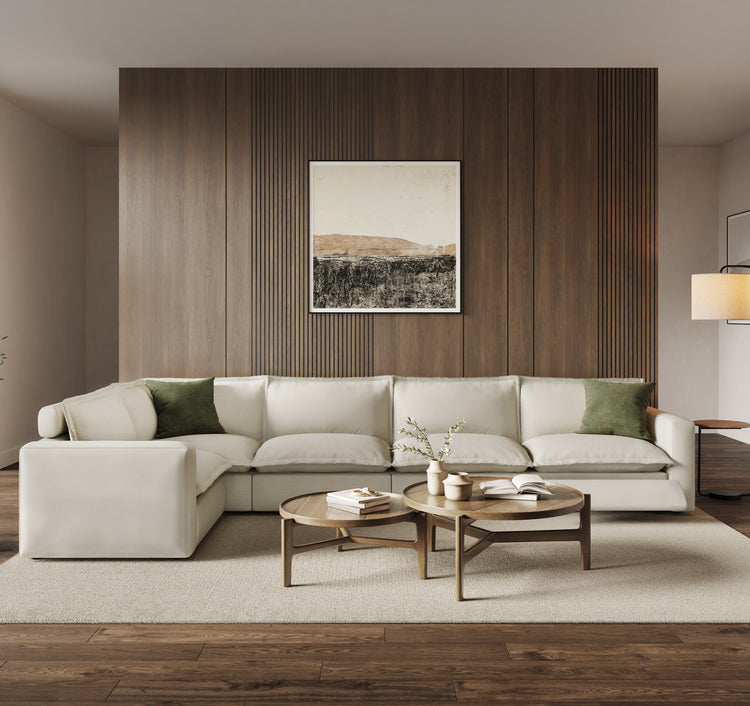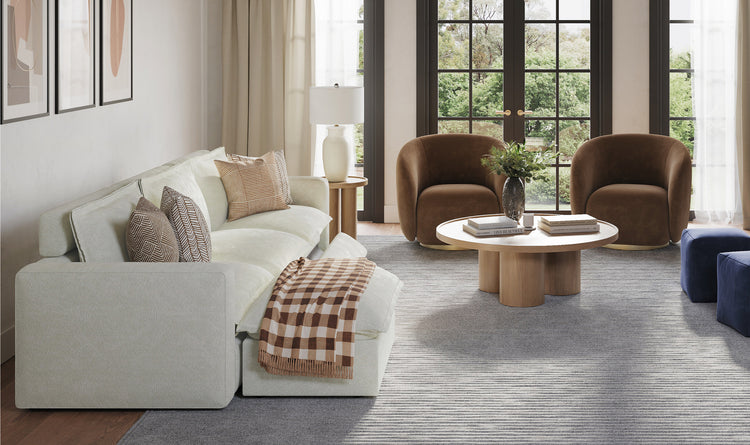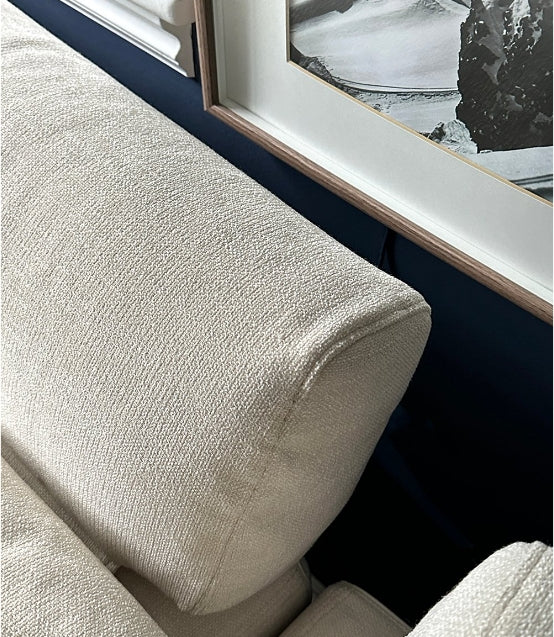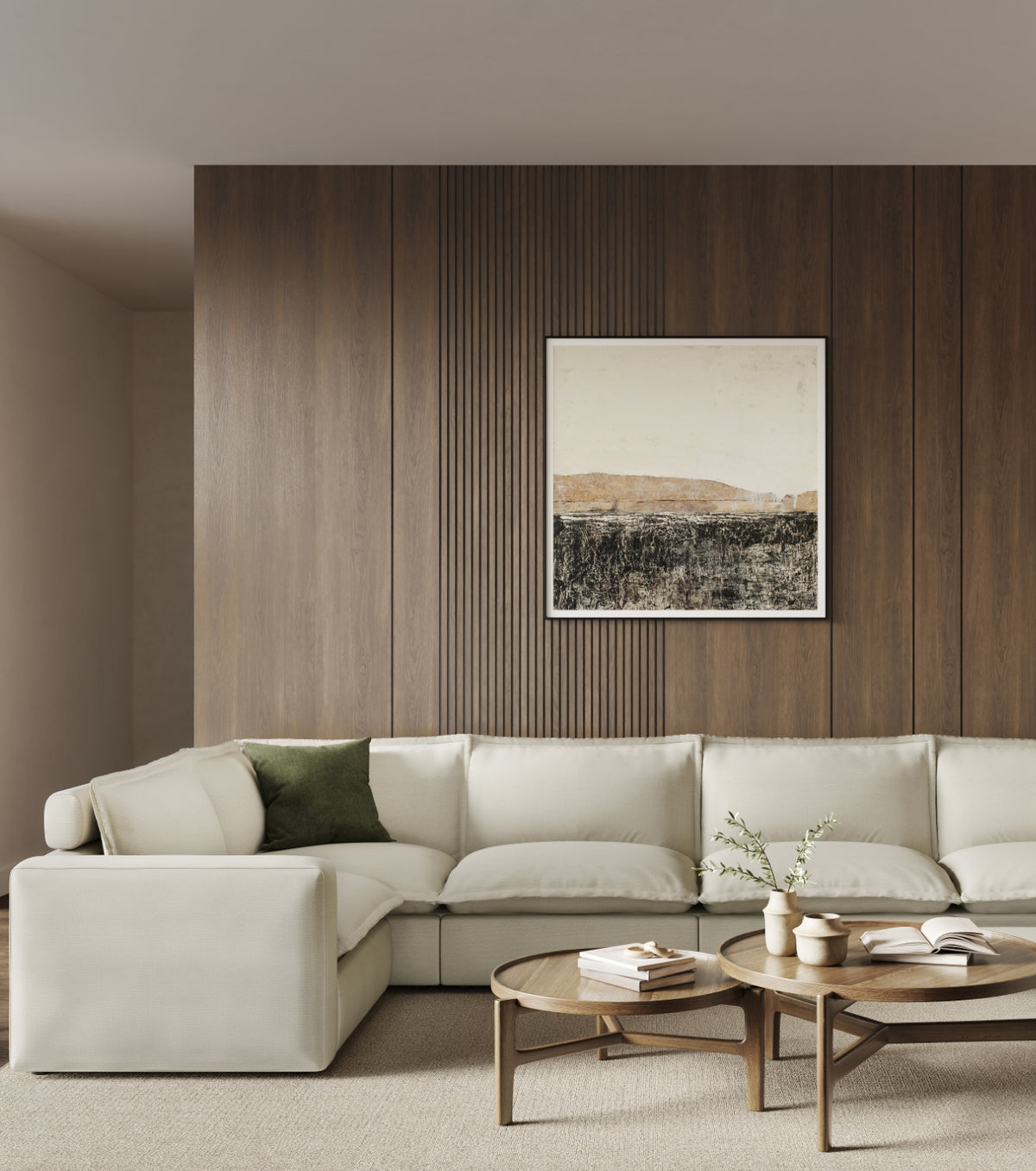Quick Answer
Absolutely, your couch and loveseat can definitely sport different colors. In fact, mixing colors can add depth and interest to your living space. The key is to choose hues that complement each other and tie them together with accessories, like throw pillows or blankets, for a cohesive look. This way, you’ll create a dynamic and inviting room that reflects your personal style while still looking put-together.

Introduction
If you're looking to add visual interest and personality to your living room, you might be considering mixing and matching the colors of your couch and loveseat. Throughout this article, we'll share helpful tips on color pairing and provide guidance on incorporating this eclectic approach into your home while ensuring a harmonious overall design. We'll also tackle some common questions to help you feel more confident in your choices when mixing and matching furniture colors. Read on to find out how you can blend different couch and loveseat colors, giving your living room a fresh, modern look that reflects your personal taste.
How to Effectively Combine Different Couch and Loveseat Colors
Choosing two different colors for your couch and loveseat can be as fun as mixing chocolate with peanut butter – a combination that brings out the best in both flavors. Here’s how you can pair colors effectively:
Complementary Color Selection
When selecting colors for your couch and loveseat, consider using complementary shades that work well together. For example, pairing a light gray couch with a beige loveseat creates a pleasing contrast that adds depth to the room. The cool undertones of the light gray balance the warm, inviting hues of the beige, resulting in a harmonious and visually appealing combination.
Alternatively, you could opt for a creamy white couch and pair it with a sandy-colored loveseat. The soft, neutral tones of the creamy white provide a clean, fresh foundation, while the sandy hues of the loveseat bring a touch of warmth and texture to the space. This complementary color scheme is easy on the eyes and creates a calm, relaxing atmosphere in your living room.
Utilizing Patterns and Textures
Sometimes it's not just about color, but also the patterns and textures that can make a duo work well together. A solid-colored couch next to a patterned loveseat with hints of the same color can create a sense of unity without being identical. Textures also play a big role; imagine a smooth velvet sofa beside a fluffy fabric loveseat – the difference in texture adds depth and interest to the space.
Cohesion Through Accessories
To tie everything together, think of accessories as the glue that bonds your colorful furniture. Throw pillows, rugs, curtains, and even artwork can help blend the colors of your couch and loveseat. They don't have to be matchy-matchy, but having a common color or theme can weave a thread of consistency throughout the room.
By considering these simple yet effective strategies, you’ll be able to create a dynamic living space where your couch and loveseat seem like they're meant to be together, even if they're not the same color. Just like a well-coordinated team, each piece supports the other, making your living space feel coherent and intentionally designed.
Practical Tips for Mixing Couch and Loveseat Colors in Your Living Room
Now that we have the playbook, let's put the game plan into action. Turning these ideas into reality can be as easy as pie, and here's how you can do that in your own living room:
- Start Small and Experiment: If you're new to mixing colors, it’s okay to start with baby steps. Try adding a colorful throw or some vibrant pillows on your neutral couch or loveseat first. This way, you can get a feel for how color changes the mood without a big commitment.
- Consider Your Room’s Lighting: Lighting can play tricks on colors. The same two pieces of furniture can look completely different under the bright noon sun than they do under warm evening lights. Observe how natural and artificial light interacts with your space during different times of the day before making your final choice.
- Keep the Big Picture in Mind: As you pick out colors, think about the other items and walls in your room. What color are your shelves? Is there a standout piece of art on the wall? The goal is to create a cohesive look where the couch and loveseat are members of the same team, not competing stars.
- Don’t Forget About Comfort: While color combinations are important, comfort is key. Make sure the furniture you choose feels as good as it looks. After all, the most beautiful living room setup won't do much if it's not a place where you can kick back and relax.
Turning theory into practice might require some trial and error, but that's all part of the adventure. With a little patience and creativity, you'll find the perfect balance that works for your room and makes you feel right at home.
How to Tie Your Room Together with Mixed Furniture Colors
Got your colorful couch and loveseat picked out? Great! Now let’s make sure they don’t just live in the same room, but actually look like they belong together. Here’s how you can tie the whole look of your room together, so it feels like a cozy, well-thought-out space:
- Color Bridges: A color bridge is something in the room that contains both colors of your couch and loveseat. It could be a rug, a piece of art, or even a stack of books. This shared element acts like a friendly handshake between the two pieces, saying, “Hey, we’re different, but we get along great!”
- Neutral Territory: When you’ve got two strong colors in play, it helps to have some neutral ground. Neutrals are the peacemakers; shades like beige, grey, and cream that give your eyes places to rest. Curtains, walls, or even a simple coffee table in calm tones can provide balance amidst your more vibrant choices.
- Repetition Is Your Friend: Repetition isn’t just for school – it’s also super handy in design. Repeat the colors from your couch and loveseat around the room in small doses. A vase here, a picture frame there, and you’ve got a rhythm going that pulls everything together.
- The Rule of Threes: Decorating experts often talk about the rule of threes. Groupings of three (or any odd number) just tend to look better. So, consider having three main colors in your room, including the ones on your couch and loveseat. It's like a trio singing in harmony – more interesting than a solo but not too crowded like a choir.
By keeping these tips in mind, you'll ensure that your standout furniture pieces feel integrated into your living space rather than standing apart. It’s about creating a conversation between your furniture and the rest of your room, where every item has something to add to the dialogue.
Creating a Cohesive Look with Different Couch and Loveseat Colors
Mixing and matching your couch and loveseat colors is a fun way to add personality and style to your living room. By choosing complementary colors, playing with patterns and textures, and tying everything together with the right accessories, you can create a space that feels dynamic, inviting, and uniquely you. Remember to start small, consider your room's lighting, and keep comfort in mind as you experiment with different color combinations. With a little creativity and these helpful tips, you'll be able to design a living room that showcases your personal taste and feels like home.
Frequently Asked Questions About Mixing Couch and Loveseat Colors
Q1: Can I mix a patterned couch with a solid-colored loveseat, or will it be too much?
Absolutely! A patterned couch can work beautifully with a solid-colored loveseat. Just make sure to choose a color from the pattern to feature in your loveseat, which will help to tie the two pieces together.
Q2: How do I know if the colors I choose will last through changing trends?
Opt for colors that you're naturally drawn to and not just because they're trendy. Neutrals are timeless, but if you love a particular color, chances are you'll enjoy it for years to come regardless of trends.
Q3: What are some neutral colors that can help balance brighter furniture colors?
Beige, gray, cream, taupe, and soft shades of white act as excellent neutral backdrops that allow brighter furniture pieces to stand out without overwhelming the space.
Q4: Do I need to change my wall color to match my new colorful furniture?
Not necessarily. If your walls are already a neutral color, they will likely complement your new furniture. If the wall color clashes, consider painting them a more neutral shade or incorporating accessories that bridge the two colors.
